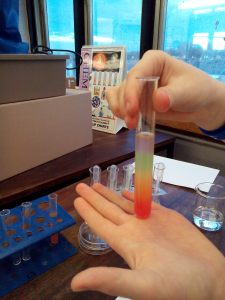Plant an Odds-and-Ends Garden.
Some “at home” ways to grow new vegetables. With beetroot, slice the top off and keep the green shoots attached, rinse it and place it in a shallow dish of water.
With celery, cut a bunch of celery down until you have only 3 inches of the base and put it in a shallow dish of water. Within a week, leaves should be growing out of the center. The advise is to peel away rotting stalks as it grows.
Basil stalks can be put into tall glasses of water (small leaves not submerged) and after a few weeks roots should emerge – this should be good to study and visibly see root growth.
Apparently garlic cloves can be fully emerged in water and roots will appear in a few days, sprouts may take a little bit longer, but still in a clear container this would be perfect and perhaps easier to study root growth.
Cut a washed sweet potato in half and put it in another shallow dish of water. Leaves appear in 2 weeks.
Some of these would be perfect for a STEM session – celery, beetroot and garlic for definite, with the others perhaps taking a bit too long. And of course they’re all amazing ideas for Plant Biology and for doing at home. I have a pin somewhere about other fruits/vegetables that you can re-grow at home so I will try and find that to add to this topic.
Until then, I can try out this one!








